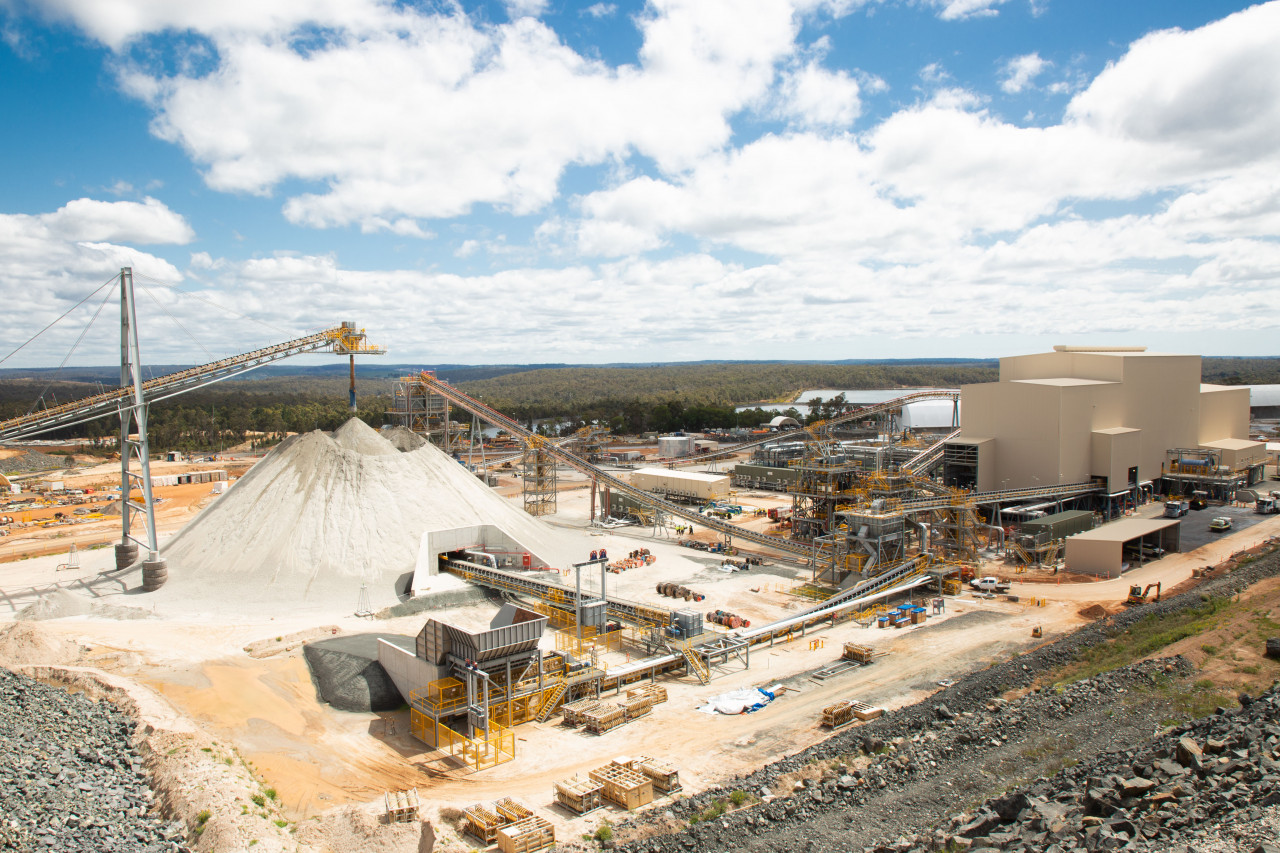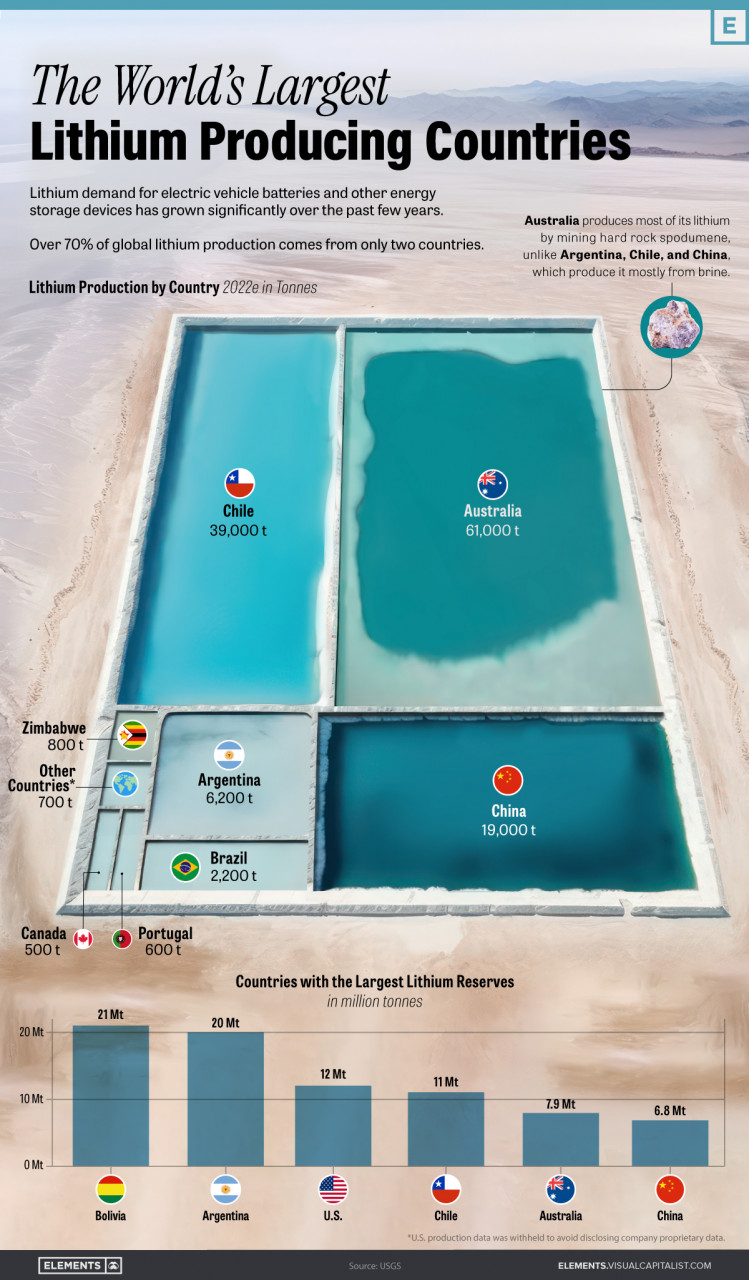Does the world have sufficient lithium? A review of scientific and industry discourse
In the dynamic landscape of lithium, commonly known as "White Gold," the soaring demand (driven majorly by lithium battery electric vehicles and battery storage infrastructure) presents a dual narrative of promise and complexity.
As we steer toward a sustainable future, the critical role of lithium in this transition cannot be overstated. A thorough exploration of global lithium reserves reveals a complex interplay of factors, encompassing the current demand/ supply equilibrium, long-term sustainability concerns, and the divergent perspectives on the adequacy of lithium supply.
Challenges in the Lithium Landscape
Amidst the optimism surrounding lithium's pivotal role in sustainable energy, significant challenges persist. First among these challenges is the nascent state of global large-scale recycling infrastructure, a critical aspect given the emerging popularity of lithium-ion batteries. Addressing this gap necessitates concerted multi-stakeholder efforts to establish effective recycling practices, safety standardisation practices, price stability, and raw material availability ensuring a circular and sustainable approach to lithium utilization.
Global Initiatives and Rising Demand
The surge in lithium demand is not merely a consequence of technological advancements; it is closely tied to multiple global initiatives combating climate change. Three key international treaties — the Kyoto Protocol, the Paris Agreement, and the UN Sustainable Development Goals — have fuelled the exponential rise in demand. These treaties advocate for a paradigm shift toward renewable energy and clean storage technologies, aligning with the overarching goal of reducing CO2 emissions and reducing the impact of climate change.
Differing Perspectives and Scientific Insights
In the pursuit of a sustainable future driven by lithium, diverse perspectives emerge regarding the sufficiency of its supply. Paul Gruber in 2011 introduces complexity by highlighting disagreements within the scientific community on lithium's feasibility in meeting the future needs of the global electric vehicle and power markets.
Harald U. Sverdrup's LITHIUM model provides valuable insights, suggesting a potential peak in lithium extraction by 2060, followed by a gradual decline. Initial projections anticipate meeting demand from new electric vehicles, but challenges may arise post-2050, potentially leading to price escalations due to difficulties in satisfying increasing demand. Therefore, after 2050 demand for batteries can no longer be met if the target is to replace all conventional vehicles. If the basic simulation assumptions in the LITHIUM model are right, global lithium resources will be largely exhausted by 2400.
Optimism and Abundant Resources
Tabelin et al.'s research, as of 2021, injects a note of optimism into the discourse on lithium resources. The study estimates available extractable resources at approximately 73 million tonnes of lithium, challenging more conservative estimates and underscoring the potential abundance of this critical element.
As this chart from Visual Capitalist shows, Australia and China are crucial to global lithium supply at present, but Latin America will play an increasingly important role as capacity from Bolivia and Argentina strengthens.
Running Out of Lithium?
As demand continues to surge, lithium is pivotal in the transition toward a low-carbon economy. Global reserves are estimated at over 14 million tonnes, far exceeding the 2021 extraction peak of 100,000 metric tonnes (Volkswagen, 2022). Moreover, technological breakthroughs and sustainable extraction methods signal a positive trajectory.
Concerns about a potential deficit by 2027, as suggested by Joe Lowry, President of Global Lithium, highlight the need for substantial investments in lithium capacity. The lack of investment over the past five years and challenges in meeting expansion targets signal a looming supply shortage, aligning with concerns voiced by FastMarkets, 2021.
Lithium Extraction in 2023
Lithium extraction projects are multiplying globally, with spodumene mine sites set to open in Australia, Africa, and France. Brine sites in Chile, Argentina, and Bolivia are adopting emerging technologies to meet rising demands. India has also entered the exploration arena by initiating the bidding process for two new lithium blocks for Composite License: the Salal-Haimna Lithium, Titanium, and Bauxite (Aluminous Laterite) Block in Jammu & Kashmir and the Katghora Lithium and Rare Earth Elements (REE) Block in November 2023 (MoM Tender, 2023).
Charting the Path Forward
As we navigate the complexities of "White Gold's" journey, challenges persist, starting from recycling infrastructure to potential supply shortages. The overarching optimism fuelled by technological breakthroughs and abundant extractable resources provides a beacon of hope.
The future use of lithium will be a test of our ability to balance progress with environmental responsibility. Striking this balance is essential for shaping a sustainable future.
-- Soumita Das
Market Analyst, Emerging Technologies,
Customized Energy Solutions






















